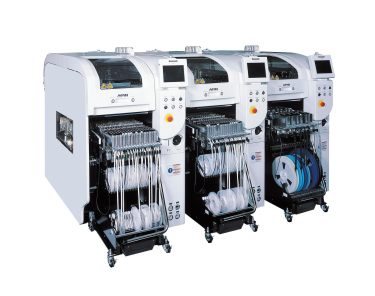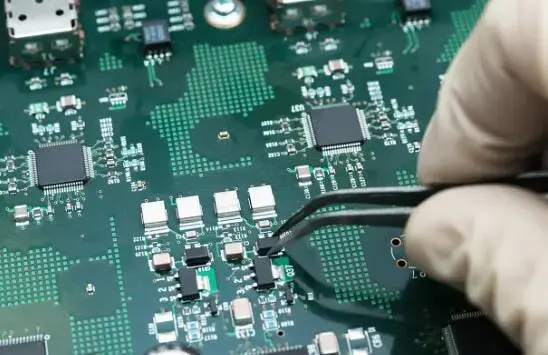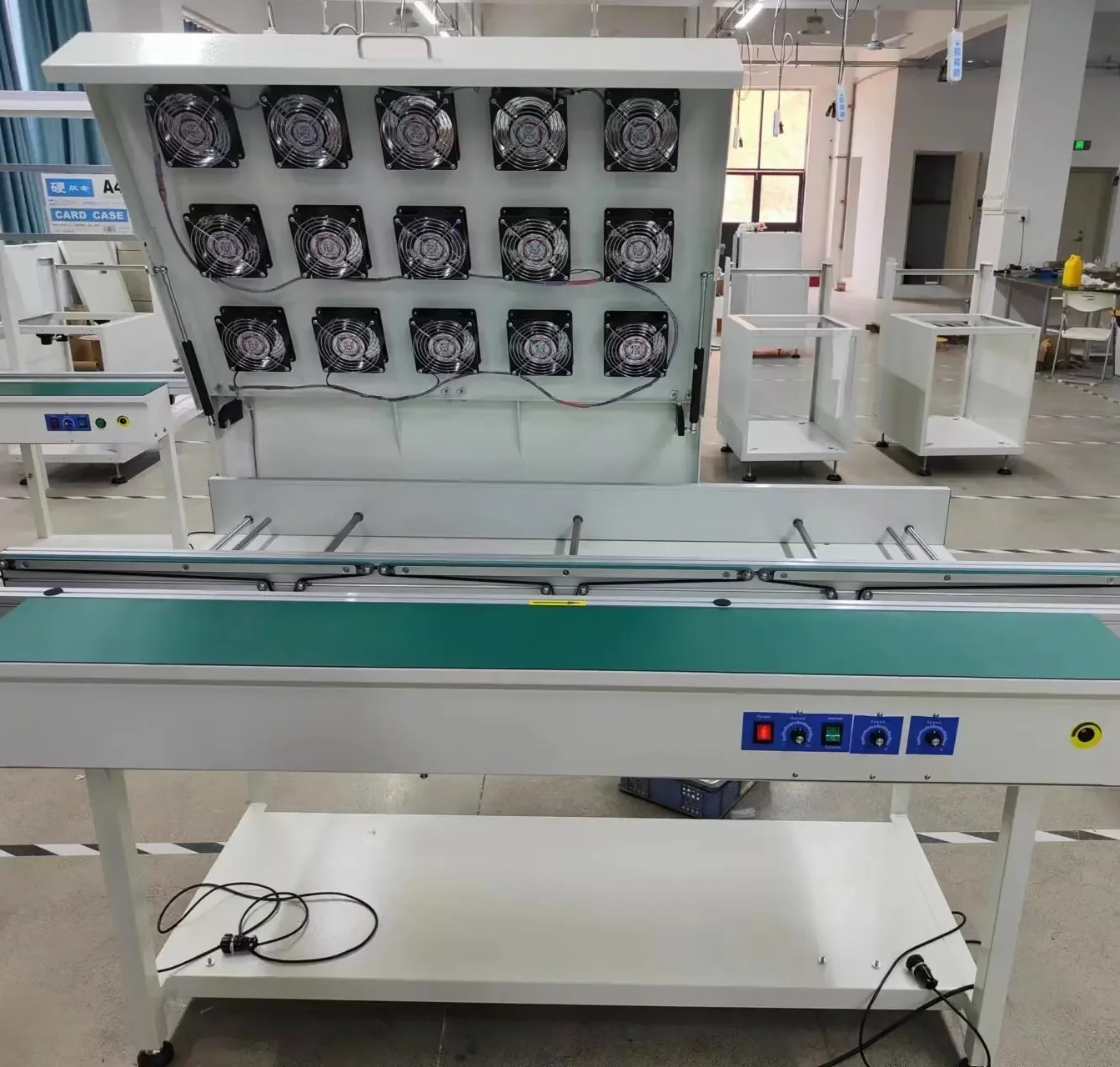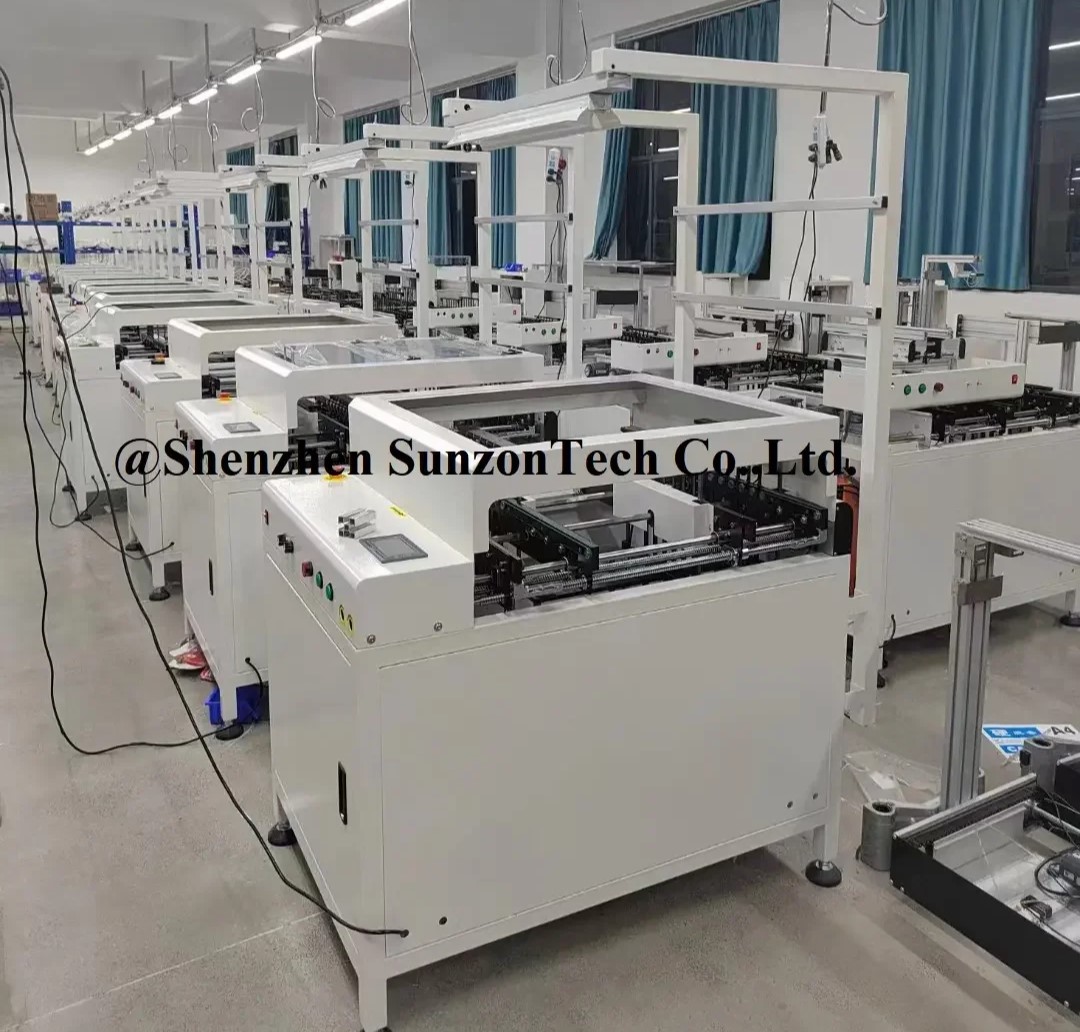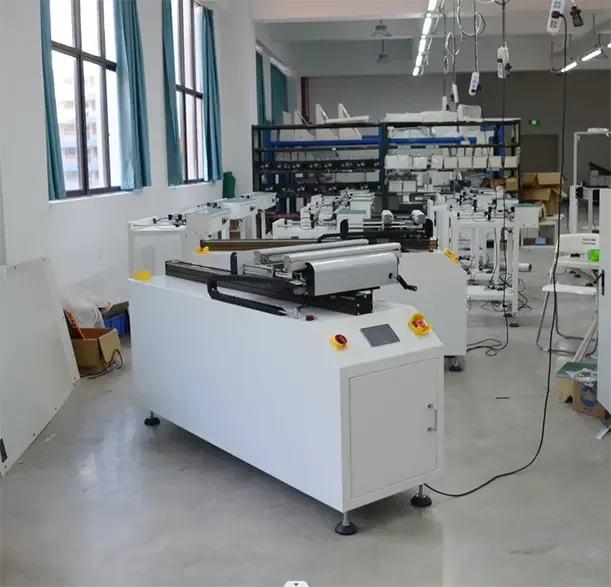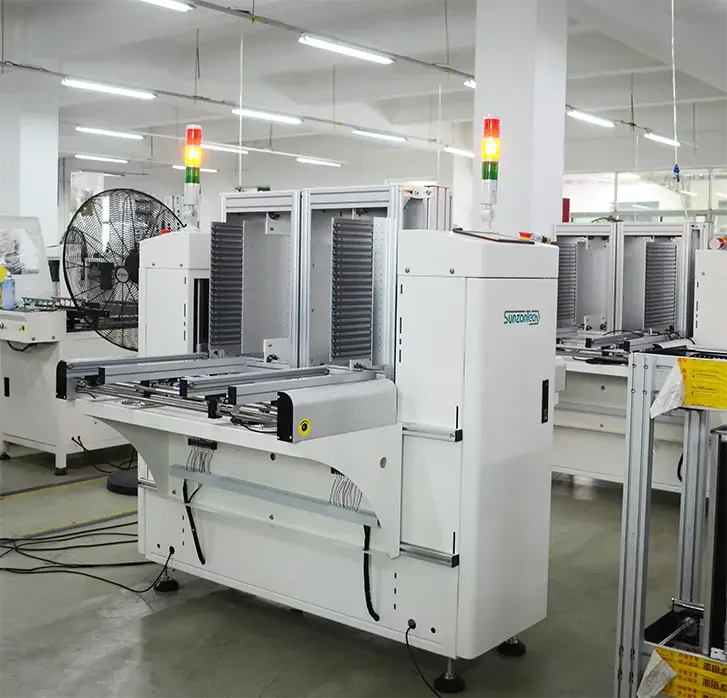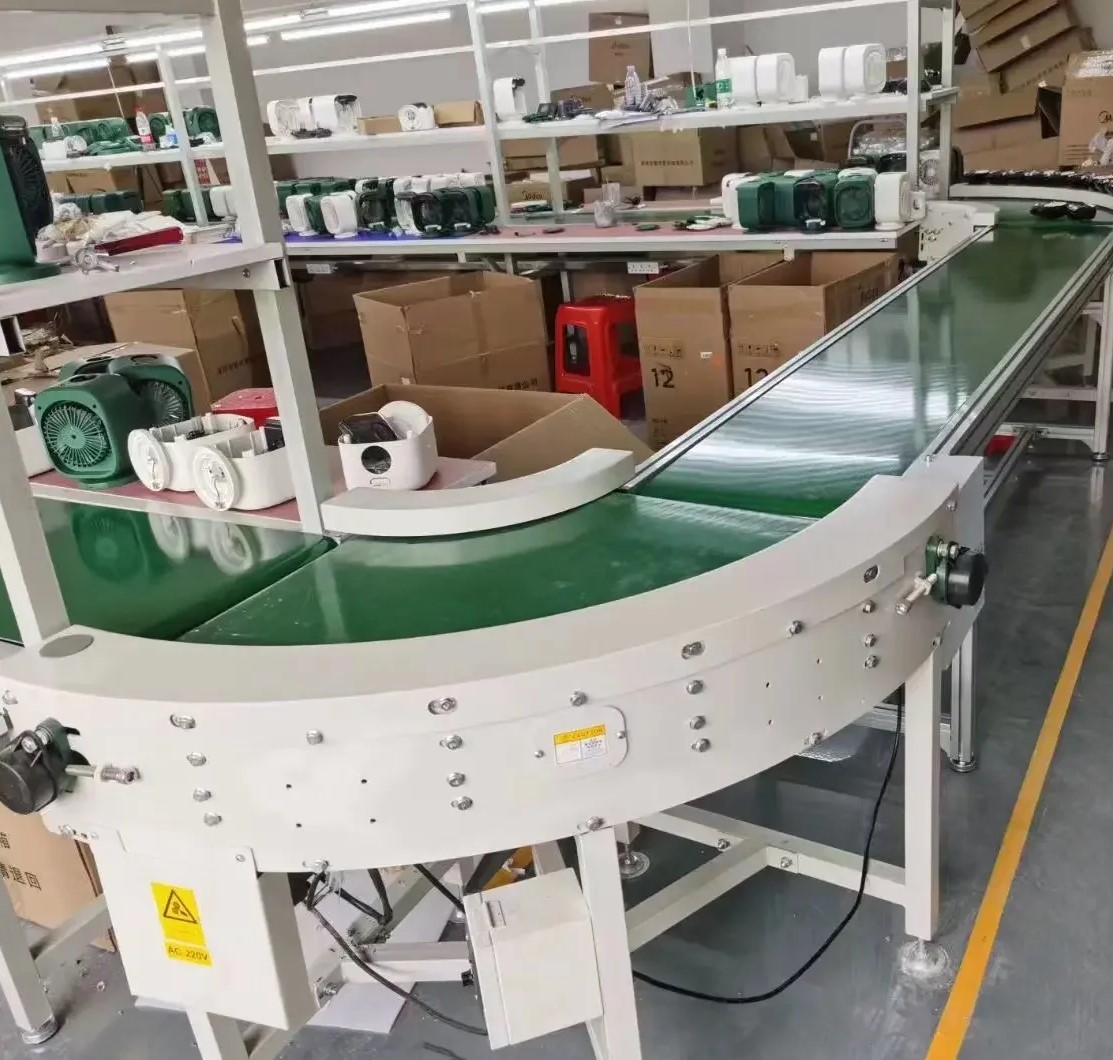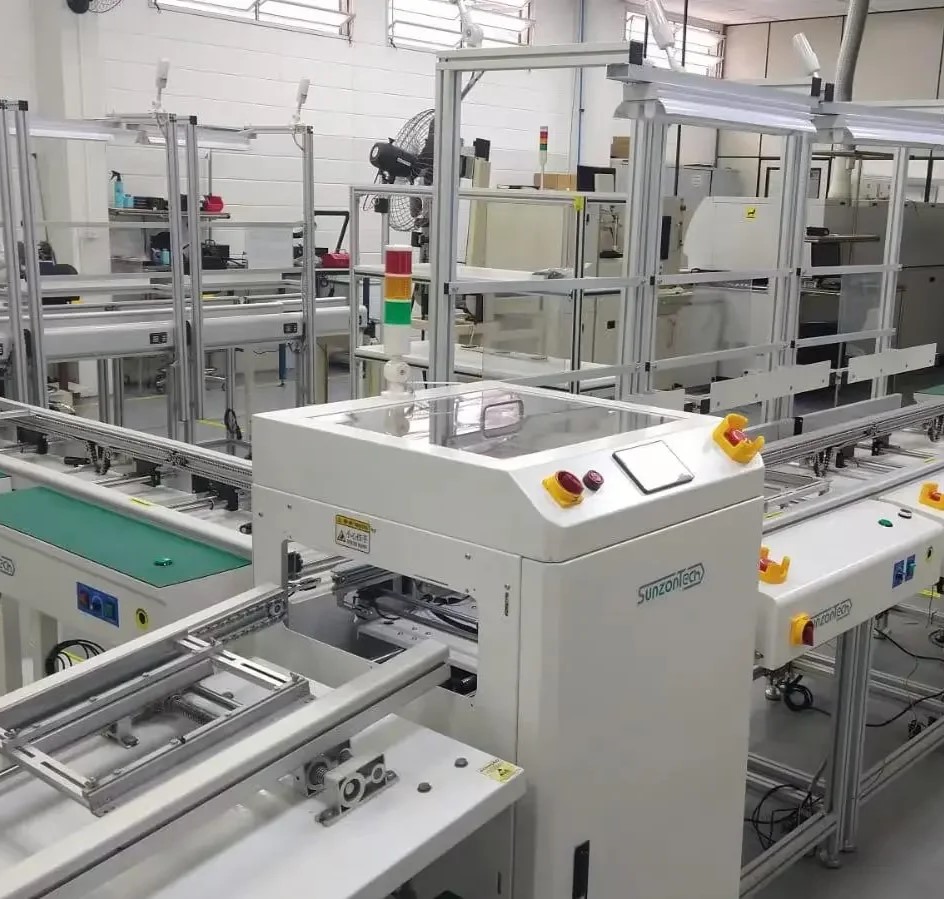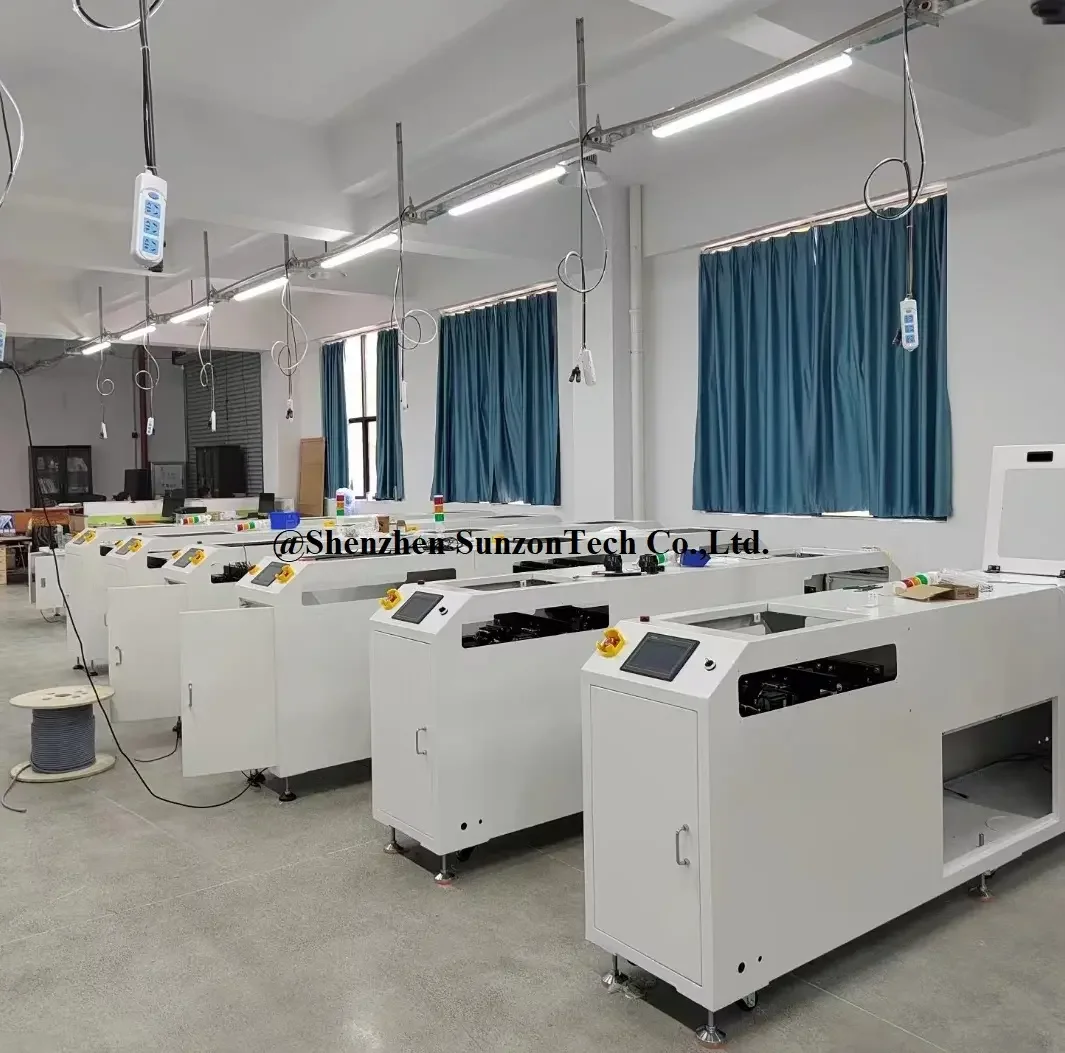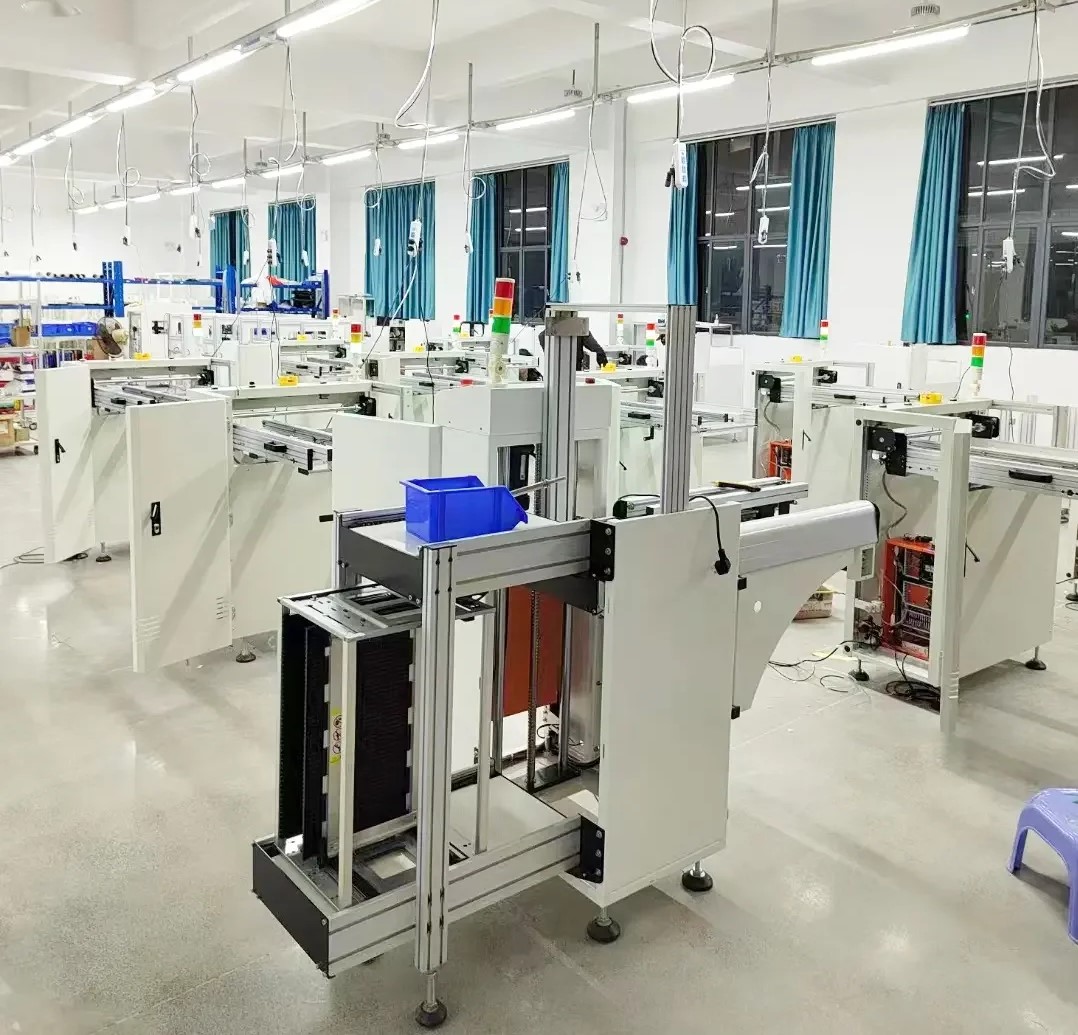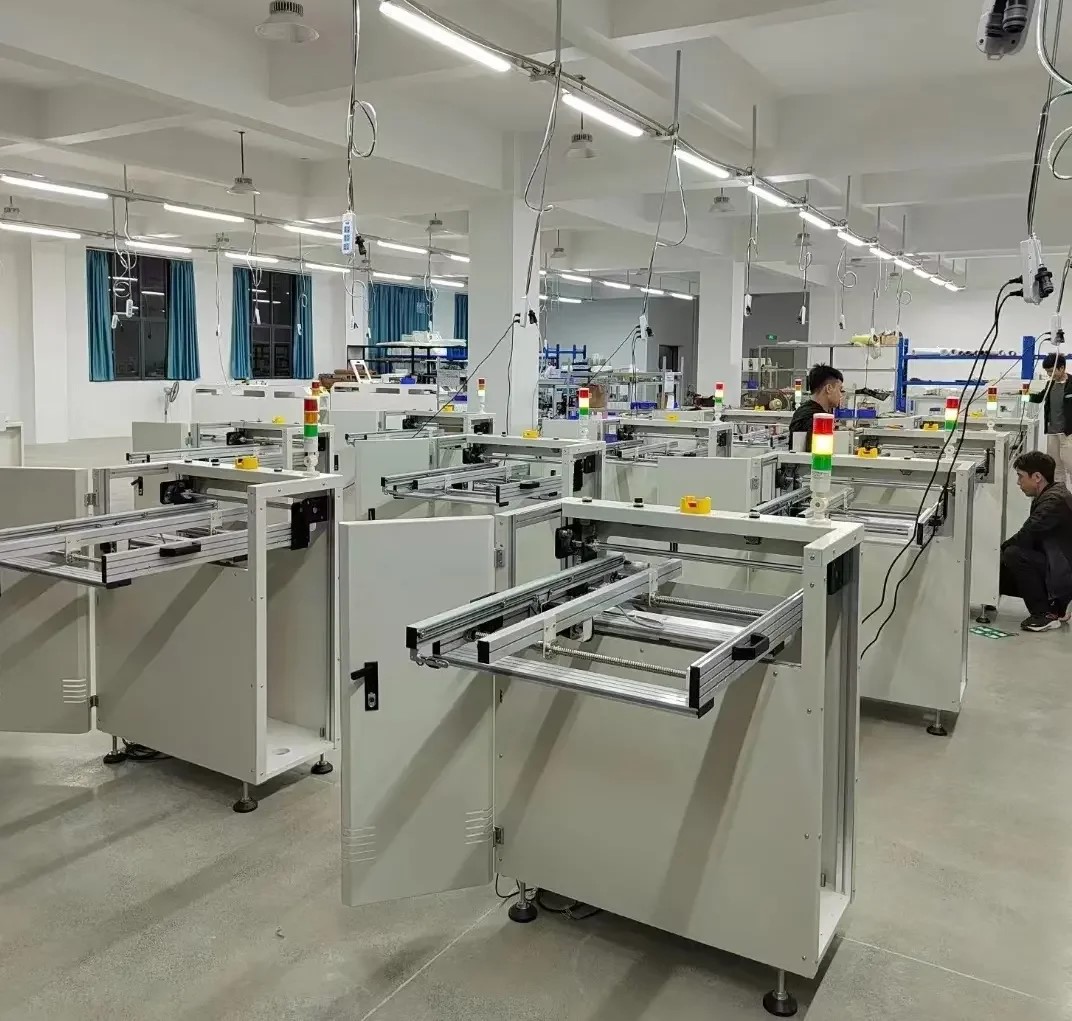According to Japanese media reports, as 5G has begun to become the mainstream and the competition for the development of 6G has begun, the technologies of South Korea’s Samsung Electronics and China’s Huawei are at the forefront, especially in terms of base station technology that will form the future backbone network.
The standardization of the sixth-generation network technical specifications is expected to start around 2023. Therefore, it is expected that the development of equipment and parts will be initiated before the commercialization of 6G in 2027.
South Korea and China, center of global mobile phone, base station and electronic component manufacturers, are using their expertise to take the lead in formulating 6G technical standards through public-private partnerships.
South Korea is trying to become the first country to launch 6G commercial services, and Samsung and LG Electronics have established research centers. In addition, South Korea is considering a development project worth 976 billion won (800 million US dollars).
China announced in November 2019 that the sixth-generation mobile communication (6G) technology research and development has officially started, and Huawei launched the 6G network research in Ottawa, Canada in August.
Tetsuya Kawanishi, a professor at Waseda University in Tokyo, mentioned that in the 6G era, 1 billion base stations will be needed nationwide in Japan, while 100 billion base stations will be needed globally.
IHS Markit mentioned that China’s Huawei, Sweden’s Ericsson and Finland’s Nokia control about 80% of the current base station market.
Europe intends to develop standards with the third-generation partnership program (in cooperation with standards organizations) and other institutions
Trump wants the United States to be the front line of 6G technology, and is planning to use Intel and other American companies to build leadership on chips used for high-speed data processing. Under its “Beyond 5G” strategy released in April, the US Department of Communications has set ambitious goals to strive to capture 30% of the global market share of base stations and other infrastructure, compared to only 2% currently.
Japan plans to make a 6G comeback. Tokyo hopes that 10% of related patents worldwide will come from Japanese companies. Samsung currently leads the 5G competition with 8.9% patent holdings, followed by Huawei (8.3%) and Qualcomm (7.4%). According to the Internet Creative Research Institute, Japan’s NTT Docomo ranks sixth with a share of 5.5%.


